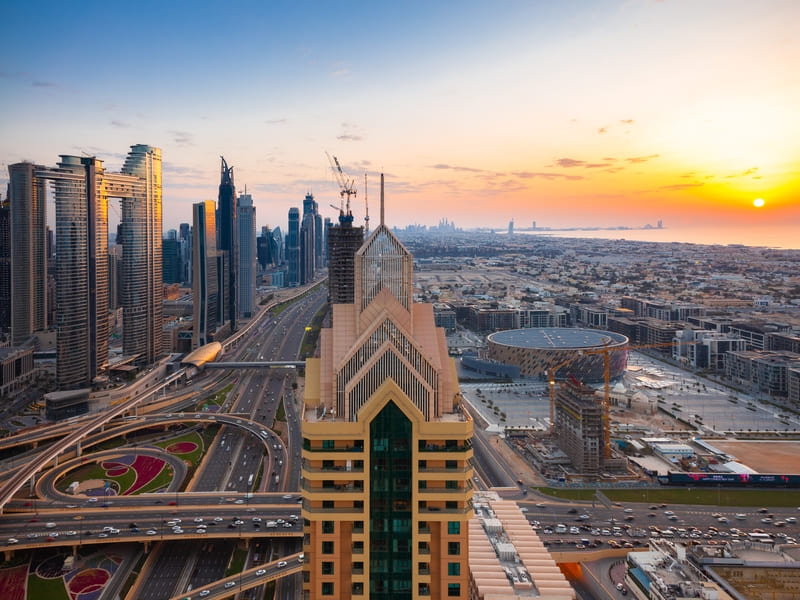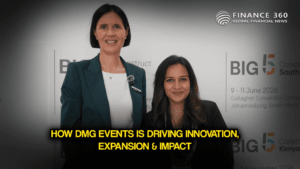The UAE has once again emerged as the world’s top performer in greenfield foreign direct investment (FDI) relative to GDP, according to fDi Intelligence’s Greenfield FDI Performance Index 2025. With a score of 14.26, the UAE attracted more than 14 times the volume of FDI expected for an economy of its size, reinforcing its position as a premier investment hub.
Globally, only the United States surpassed the UAE in absolute inbound project numbers, while the Emirates maintained second place for project volumes, which rose 1.8% year-on-year in 2024. Other top performers included Namibia, Costa Rica, and Monaco, while regional peers such as Bahrain, Qatar, Oman, and Saudi Arabia trailed in both score and project volume.
Business services, technology, and financial services led FDI inflows, complemented by growing interest in transport and warehousing, communications, and consumer goods. Key drivers include AI, cybersecurity, and cloud computing projects, with significant investments such as G42 and OpenAI’s Stargate UAE, alongside Microsoft and Core42’s plans for sovereign AI cloud infrastructure in Abu Dhabi.
Factors underpinning the UAE’s sustained FDI leadership include pro-investment regulations, political stability, open international relations, and long-term residency programs such as golden and green visas. These measures provide foreign investors with confidence, enabling the country to consistently secure high-value projects.
While the total value of greenfield FDI projects fell 33% year-on-year to USD 14.5 billion in 2024, the number of projects increased by 2%, highlighting steady investor interest despite fluctuations in project size. Dubai continued to dominate as the preferred destination, securing AED 52.3 billion in capital and leading global greenfield FDI in cultural and creative industries for the third consecutive year.
Looking ahead, the UAE has set an ambitious target of AED 1.3 trillion in FDI inflows between 2025 and 2031, signaling continued opportunities for investors across sectors ranging from technology and finance to logistics and creative industries.





